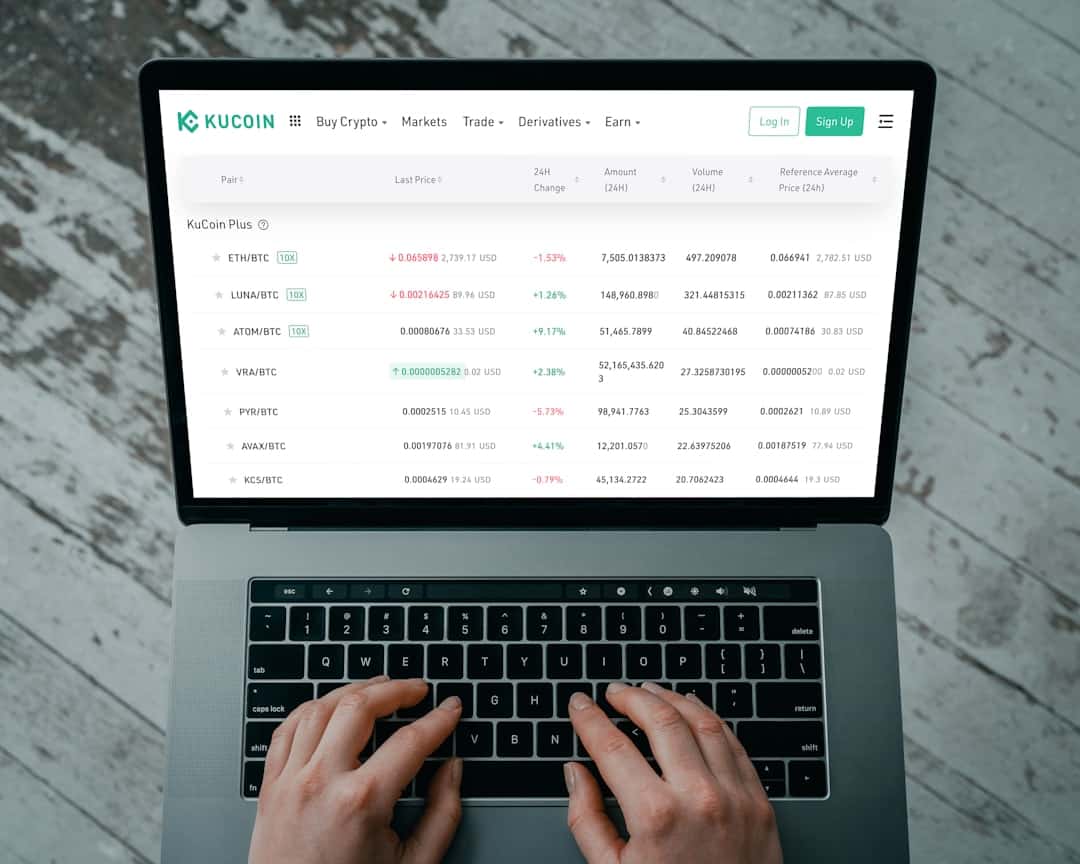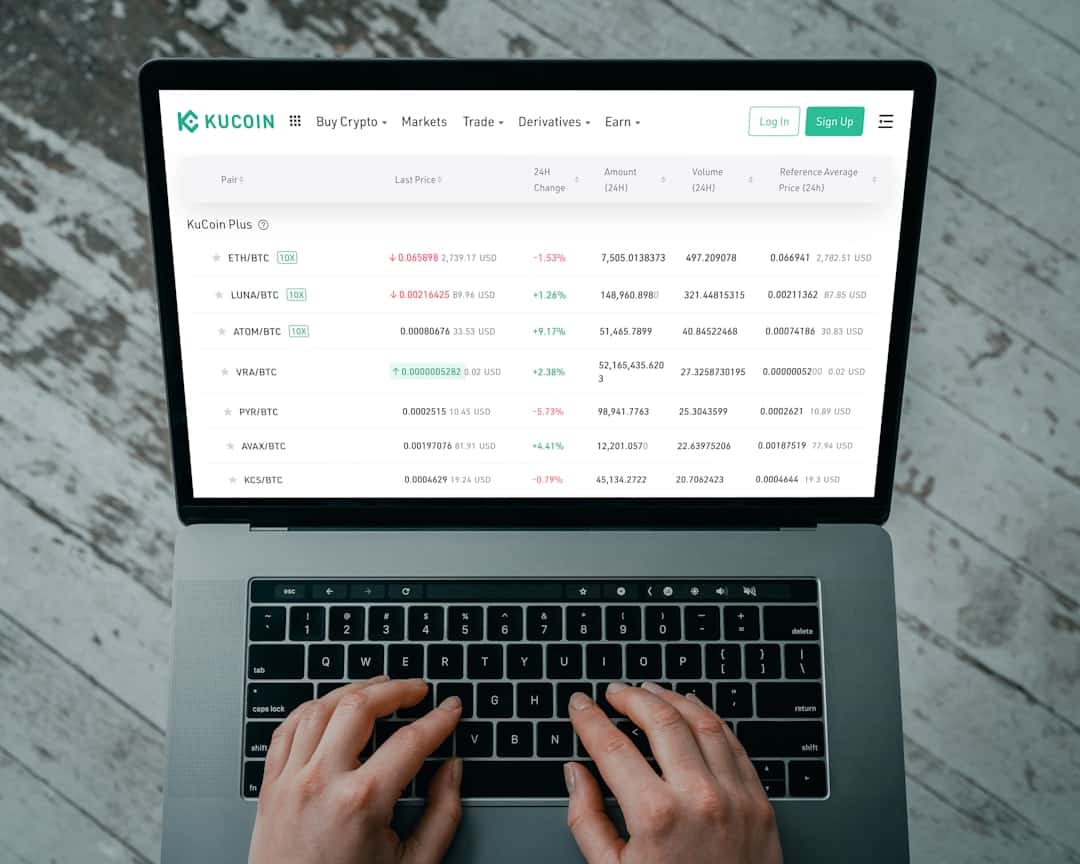Zero Trust Network Access (ZTNA) is a security framework designed to address the limitations of traditional network security approaches. Unlike conventional models that rely on perimeter-based defenses, ZTNA assumes that threats can originate from both internal and external sources. This model focuses on verifying the identity of users and devices before granting access to network resources.
ZTNA implements the principle of least privilege, which restricts users and devices to accessing only the specific resources necessary for their tasks. This approach reduces the risk of unauthorized access and minimizes the potential impact of security breaches. Additionally, ZTNA incorporates continuous monitoring and adaptive access controls, allowing for real-time adjustments to access privileges based on the evolving security status of users and devices.
In essence, ZTNA is a security model that emphasizes identity verification, least privilege access, and ongoing monitoring to safeguard network resources against unauthorized access and potential security threats.
Key Takeaways
- Zero Trust Network Access (ZTNA) is a security model that eliminates the idea of trust based on location and assumes that every access request is a potential threat.
- Securing network access is crucial for protecting sensitive data and preventing unauthorized access to corporate resources.
- Sophos ZTNA works by providing secure access to applications and resources based on identity and device posture, without the need for a traditional VPN.
- Using Sophos ZTNA offers benefits such as improved security, simplified access management, and better user experience.
- Implementing Sophos ZTNA in your organization involves assessing your current network security, deploying the ZTNA solution, and educating employees on best practices for secure access.
- Best practices for securing network access with Sophos ZTNA include implementing multi-factor authentication, regularly updating access policies, and monitoring access logs for suspicious activity.
- Future trends in network access security and Sophos ZTNA may include advancements in AI-driven threat detection, integration with cloud security platforms, and enhanced user authentication methods.
The Importance of Securing Network Access
Securing network access is crucial for protecting sensitive data, preventing unauthorized access, and mitigating the risk of security breaches. With the increasing number of remote and mobile workers, the traditional perimeter-based security approach is no longer sufficient to defend against sophisticated cyber threats. As a result, organizations need to adopt a more robust and dynamic security model like ZTNA to ensure that only authorized users and devices can access their network resources.
By implementing ZTNA, organizations can reduce the risk of insider threats, external attacks, and data breaches. ZTNA’s focus on identity verification and least privilege access helps organizations enforce strong access controls and minimize the potential impact of a security incident. Additionally, ZTNA’s continuous monitoring capabilities enable organizations to detect and respond to security threats in real-time, further enhancing their overall security posture.
In conclusion, securing network access is essential for safeguarding sensitive data, protecting against cyber threats, and maintaining the integrity of an organization’s network infrastructure.
How Sophos ZTNA Works

Sophos ZTNA is a cloud-based security solution that provides secure access to applications, services, and resources without exposing them to the public internet. It leverages a zero-trust approach to verify the identity of users and devices before granting them access to network resources. Sophos ZTNA uses a combination of user authentication, device posture assessment, and continuous monitoring to enforce strong access controls and protect against unauthorized access.
Sophos ZTNA operates by creating a secure overlay network that connects authorized users and devices to specific resources within the organization’s network infrastructure. This overlay network ensures that only authenticated and authorized traffic can access the internal resources, effectively isolating them from potential security threats on the public internet. Additionally, Sophos ZTNA incorporates dynamic access controls that adapt in real-time based on the changing security posture of users and devices, further enhancing its ability to protect against unauthorized access.
In summary, Sophos ZTNA works by verifying user and device identities, creating a secure overlay network, and enforcing dynamic access controls to protect network resources from unauthorized access and potential security threats.
Benefits of Using Sophos ZTNA
| Benefits of Using Sophos ZTNA |
|---|
| Enhanced Security |
| Zero Trust Network Access |
| Improved User Experience |
| Reduced Attack Surface |
| Granular Access Control |
There are several benefits to using Sophos ZTNA to secure network access within an organization. Firstly, Sophos ZTNA provides strong access controls based on user and device identities, ensuring that only authorized users and devices can access specific resources within the network. This helps organizations enforce least privilege access and minimize the risk of unauthorized access.
Secondly, Sophos ZTNA offers continuous monitoring capabilities that enable organizations to detect and respond to security threats in real-time. By continuously monitoring user and device behavior, Sophos ZTNA can adapt access controls based on the changing security posture, further enhancing its ability to protect against potential security threats. Additionally, Sophos ZTNA is a cloud-based solution, which means that it can be easily deployed and scaled to meet the evolving needs of an organization.
This flexibility allows organizations to adapt their security infrastructure to accommodate remote and mobile workers without compromising on security. In conclusion, using Sophos ZTNA provides organizations with strong access controls, continuous monitoring capabilities, and flexibility to secure network access effectively.
Implementing Sophos ZTNA in Your Organization
Implementing Sophos ZTNA in your organization involves several key steps to ensure a successful deployment. Firstly, it is essential to assess your organization’s current network infrastructure and identify the specific resources that need to be protected. This assessment will help determine the scope of the deployment and ensure that Sophos ZTNA is configured to protect all relevant network resources.
Secondly, organizations need to define their access policies and authentication requirements to ensure that only authorized users and devices can access specific resources within the network. This involves setting up user authentication mechanisms, device posture assessments, and dynamic access controls based on user and device identities. Once the access policies are defined, organizations can deploy Sophos ZTNA within their network infrastructure and configure it to enforce the defined access controls.
This may involve integrating Sophos ZTNA with existing identity management systems, configuring secure overlay networks, and implementing continuous monitoring capabilities. In summary, implementing Sophos ZTNA in your organization requires assessing network infrastructure, defining access policies, deploying the solution, and configuring it to enforce strong access controls effectively.
Best Practices for Securing Network Access with Sophos ZTNA

Securing network access with Sophos ZTNA involves following several best practices to ensure a robust and effective security posture. Firstly, organizations should regularly review and update their access policies to reflect changes in user roles, device types, and network resources. This ensures that access controls remain aligned with the organization’s evolving security requirements.
Secondly, organizations should leverage multi-factor authentication (MFA) to enhance user authentication and strengthen access controls. By requiring multiple forms of verification, such as passwords, biometrics, or tokens, MFA adds an extra layer of security to prevent unauthorized access. Additionally, organizations should implement device posture assessments to evaluate the security posture of devices before granting them access to network resources.
This involves checking for up-to-date software patches, antivirus protection, and other security measures to ensure that devices meet the organization’s security standards. In conclusion, securing network access with Sophos ZTNA involves following best practices such as reviewing access policies, implementing MFA, and conducting device posture assessments to maintain a strong security posture.
Future Trends in Network Access Security and Sophos ZTNA
Looking ahead, there are several future trends in network access security that are likely to impact the adoption of solutions like Sophos ZTNFirstly, the increasing prevalence of remote work and mobile devices is expected to drive the demand for secure remote access solutions. As more employees work from outside the traditional office environment, organizations will need robust security solutions like Sophos ZTNA to protect their network resources from potential security threats. Secondly, advancements in artificial intelligence (AI) and machine learning (ML) are expected to enhance the capabilities of network access security solutions.
AI and ML technologies can help organizations analyze user and device behavior in real-time, detect anomalies, and respond to potential security threats more effectively. Additionally, the integration of zero-trust principles into broader security frameworks is likely to become more prevalent as organizations seek comprehensive security solutions that address both internal and external threats. This trend aligns with the core principles of Sophos ZTNA and underscores its relevance in the evolving landscape of network access security.
In summary, future trends in network access security are expected to drive the adoption of solutions like Sophos ZTNA by emphasizing secure remote access, leveraging AI/ML technologies, and integrating zero-trust principles into broader security frameworks.
If you’re interested in the intersection of cybersecurity and artificial intelligence, you may want to check out this article on Artificial Intelligence (AI). It delves into the potential impact of AI on various industries, including cybersecurity, and how it may shape the future of technology. This could provide valuable insights for understanding the potential implications of Sophos ZTNA in the context of AI advancements.
FAQs
What is Sophos ZTNA?
Sophos ZTNA, or Zero Trust Network Access, is a security solution that provides secure access to applications and resources based on the identity of the user and the trustworthiness of the device.
How does Sophos ZTNA work?
Sophos ZTNA uses a zero trust approach to verify the identity of users and the security posture of their devices before granting access to applications and resources. It does this by using a combination of user authentication, device posture assessment, and application access policies.
What are the benefits of using Sophos ZTNA?
Some of the benefits of using Sophos ZTNA include improved security, reduced attack surface, better user experience, and simplified access management. It also allows organizations to enforce access policies based on user identity and device trustworthiness.
Is Sophos ZTNA suitable for small businesses?
Yes, Sophos ZTNA is suitable for businesses of all sizes, including small businesses. It provides a scalable and flexible solution for securing access to applications and resources, regardless of the organization’s size.
Can Sophos ZTNA be integrated with other security solutions?
Yes, Sophos ZTNA can be integrated with other security solutions to provide a comprehensive security posture. It can work alongside existing security infrastructure to enhance access control and secure remote access to applications and resources.











Leave a Reply